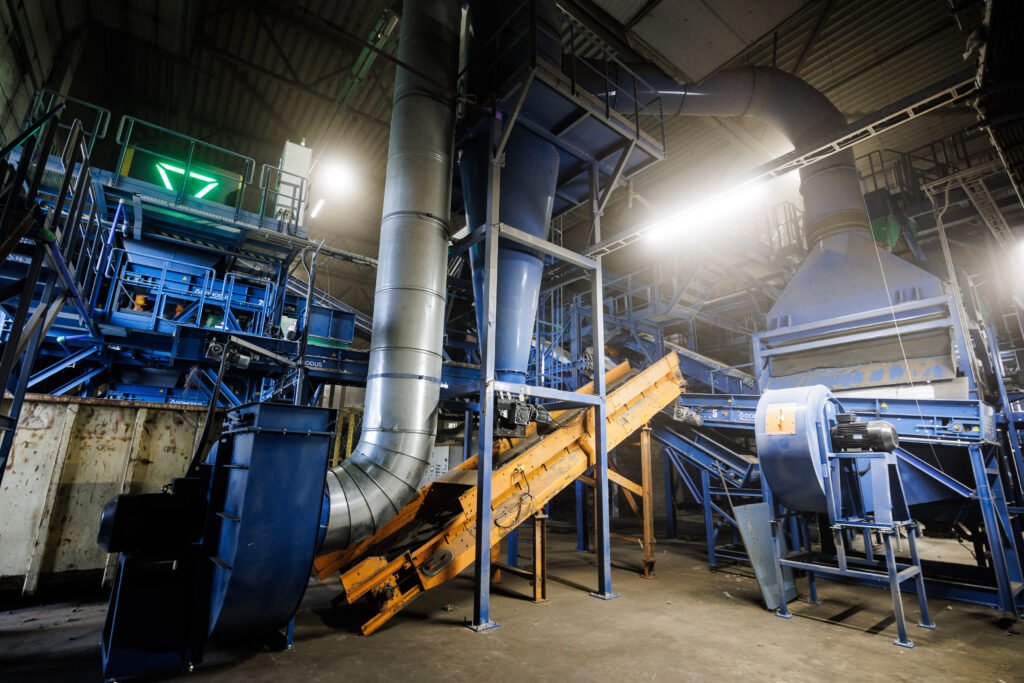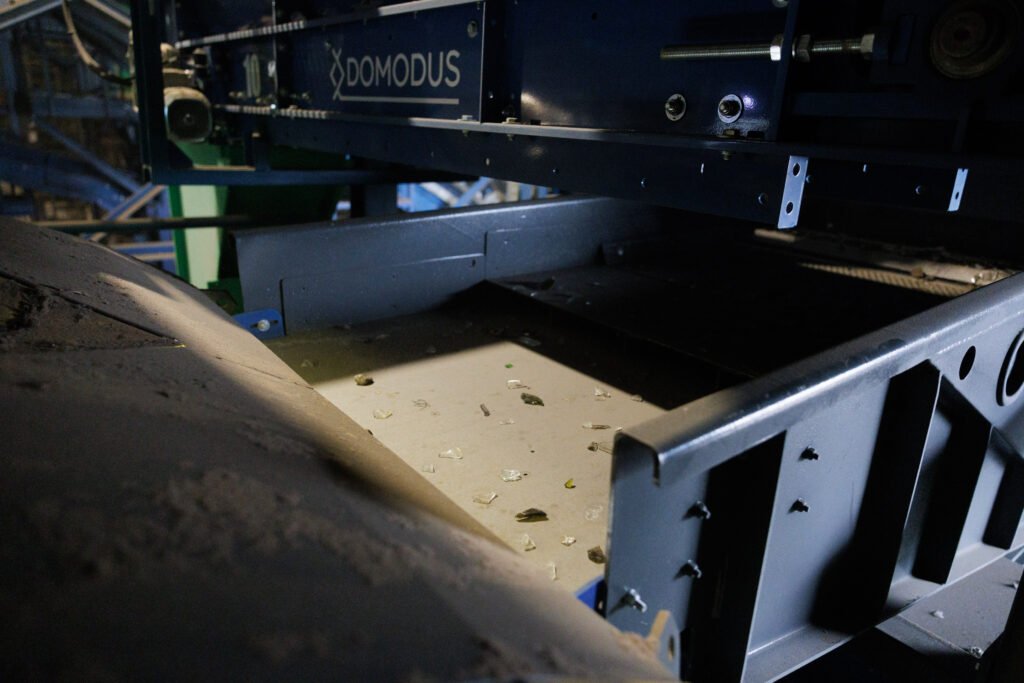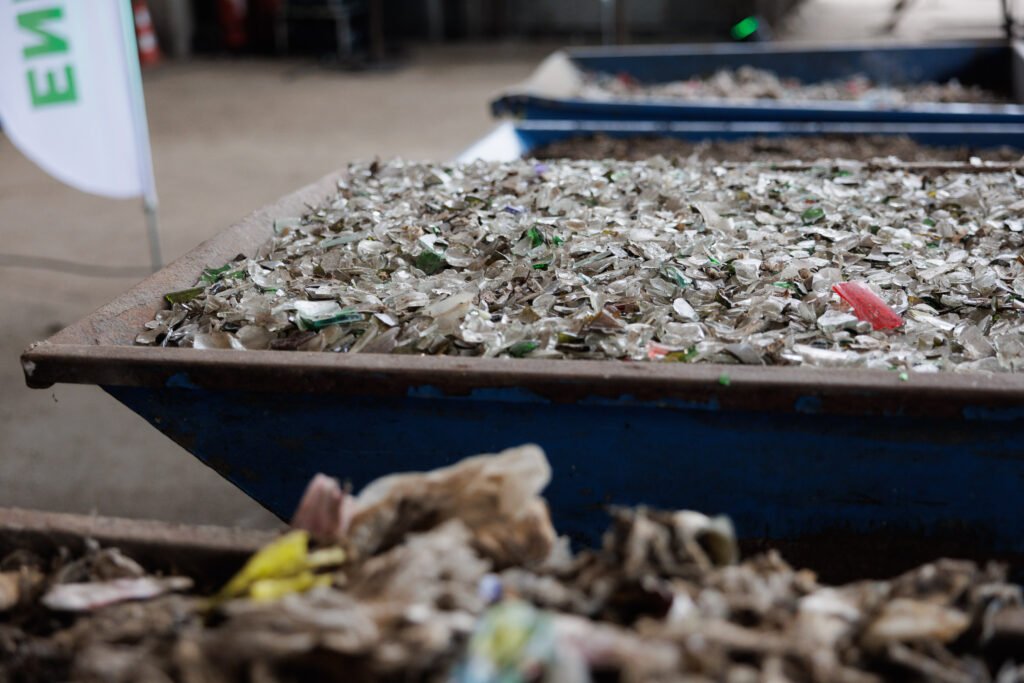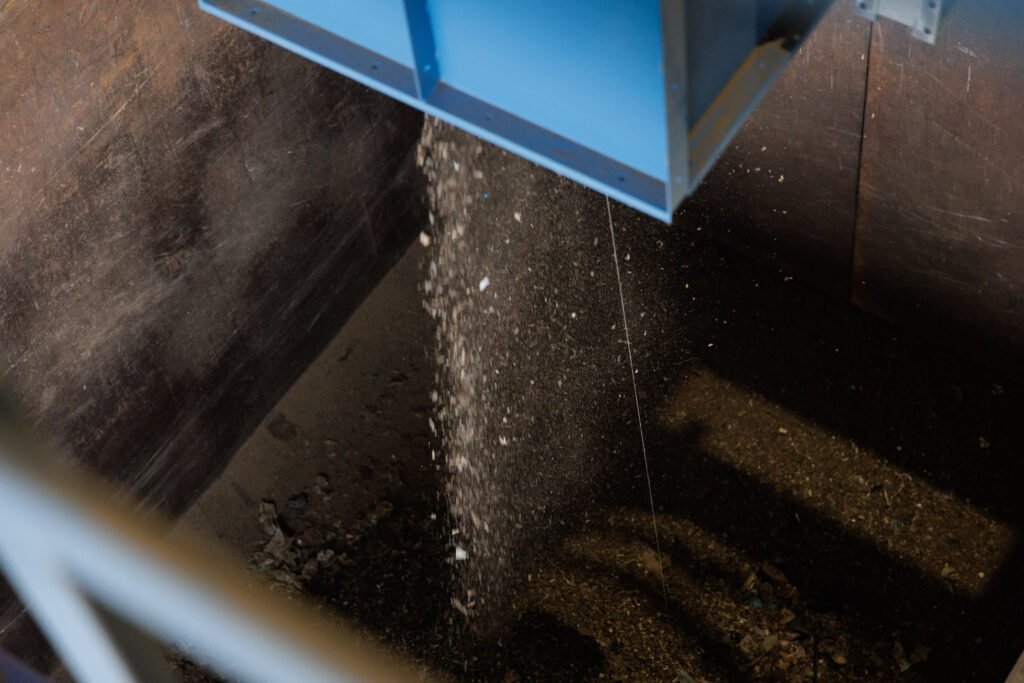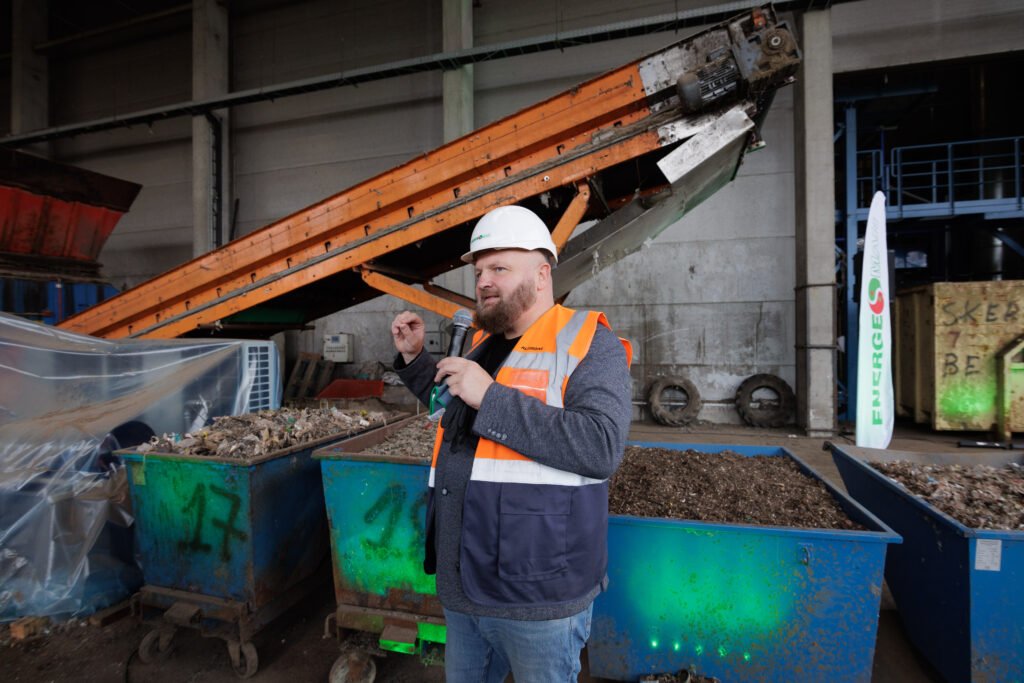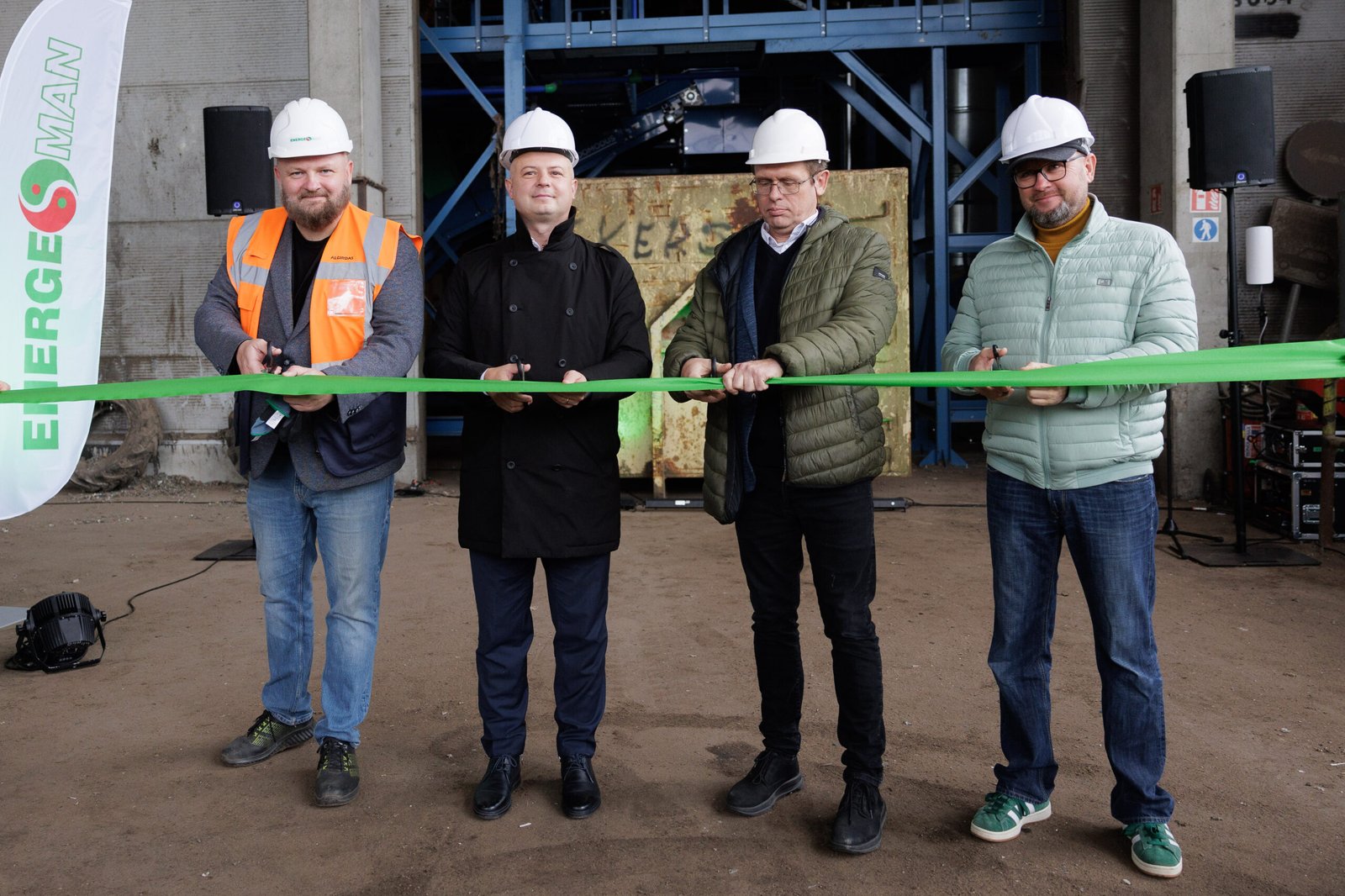The Vilnius regional waste sorting facility operator, Energesman, has launched a new glass sorting line capable of extracting glass fragments as small as 10 mm, and even smaller, from mixed municipal waste. This advanced line is projected to sort and preserve around 13,000 tonnes of glass annually – enough glass to produce over 55 million half-litre jars.
Until now, some of this glass ended up in landfills. From now on, it will be recycled and reused. The equipment, manufactured in Spain, required a EUR 2 million investment.
Fly-wing-sized glass fragments
“The new equipment’s optics are so precise that during calibration, technicians observed that even a fly’s wing was detected and separated as glass,” says Algirdas Blazgys, CEO of Energesman.
Experimental results suggest that 98.82% of glass fragments in household mixed waste streams can now be recovered—nearly all the glass waste that residents dispose of in mixed waste bins. The new glass sorting line elevates waste to an 8-metre height—equivalent to a three-story building—and separates glass fragments through a series of shaking, sieving, and optical sorting processes, capturing even the tiniest particles that previously went unsorted.
“We searched extensively for the most suitable solution for the Vilnius region, researching practices in other countries, attending trade exhibitions, and examining applied innovations. We selected Spanish-made glass sorting technology and are pleased that the first weeks have exceeded our expectations. We’re recovering more glass from waste than we anticipated. There is indeed a lot of glass in residents’ mixed waste,” says Blazgys.
According to the plant manager, the new equipment handles waste that has already been dried in bio-tunnels and crushed to 8 cm. The system accurately separates ceramics, stones, and plastics, delivering a final product that is a clean technical compost mixed with soil.
Less waste sent to landfills
Lithuania has set ambitious goals to reduce the volume of waste sent to landfills.
“More waste is being processed at the Vilnius Mechanical Biological Treatment (MBT) facility. The new glass sorting equipment, the production of special SRF fuel blends for the cement industry, and the separation of food waste by residents in orange bags have collectively halved—from 19% to 10%—the amount of post-sorted waste going to landfill,” notes Tomas Vaitkevicius, Director of VAATC, the facility’s owner, which selected Energesman as the operator through a public tender.
“This is significant progress, achieved by introducing waste management innovations that also foster a circular economy in Lithuania. Such solutions are critical for implementing the European Union’s Green Deal and for aspiring to become the world’s first climate-neutral continent,” Blazgys adds.
Sorted glass for recycling
The new equipment was acquired in collaboration with Zaliasis taskas (The Green Dot), an organisation focused on packaging waste management. In exchange for its investment, Zaliasis taskas (The Green Dot) has received priority access to certification for glass recycling for glass collected at the Energesman facility. These certificates will be proportionally issued to members of Zaliasis taskas (The Green Dot) —manufacturers and importers of glass packaging for the Lithuanian market.
According to Almontas Kybartas, Director of Zaliasis taskas (The Green Dot), fulfilling the glass packaging recycling quotas has been challenging until now.
“It’s ironic that, despite glass packaging being infinitely recyclable, we’ve been unable to ensure the recycling of all packaging introduced into the market. The reason is a lack of consumer awareness in sorting household waste. Therefore, we don’t find as much glass waste in recycling bins as the amount of products sold, and large volumes end up in mixed waste bins. Without additional equipment, retrieving glass shards from mixed waste is complex or often unfeasible. We hope that the new line, now operational, will support the glass recycling targets,” he explains.
Most glass recovered in Vilnius
In Lithuania, nearly 5,400 tonnes of glass waste were extracted from the mixed municipal waste stream last year. The majority—3,765 tonnes, or 70%—came from the Vilnius region.
With the new glass sorting line now operational, nearly 15,000 tonnes of glass will be recovered from mixed municipal waste across Lithuania. If sorting facilities in other regions do not update their processes, 13,000 tonnes, or 95%, of the glass will be recovered in the Vilnius region.
The Vilnius Regional Waste Sorting Facility, managed by Energesman, processes mixed municipal waste from the entire Vilnius county, including eight municipalities: Vilnius city and the districts of Vilnius, Trakai, Elektrenai, Ukmerge, Svencionys, Salcininkai, and Sirvintos. The facility sorts approximately 220,000 tonnes of waste per year.
